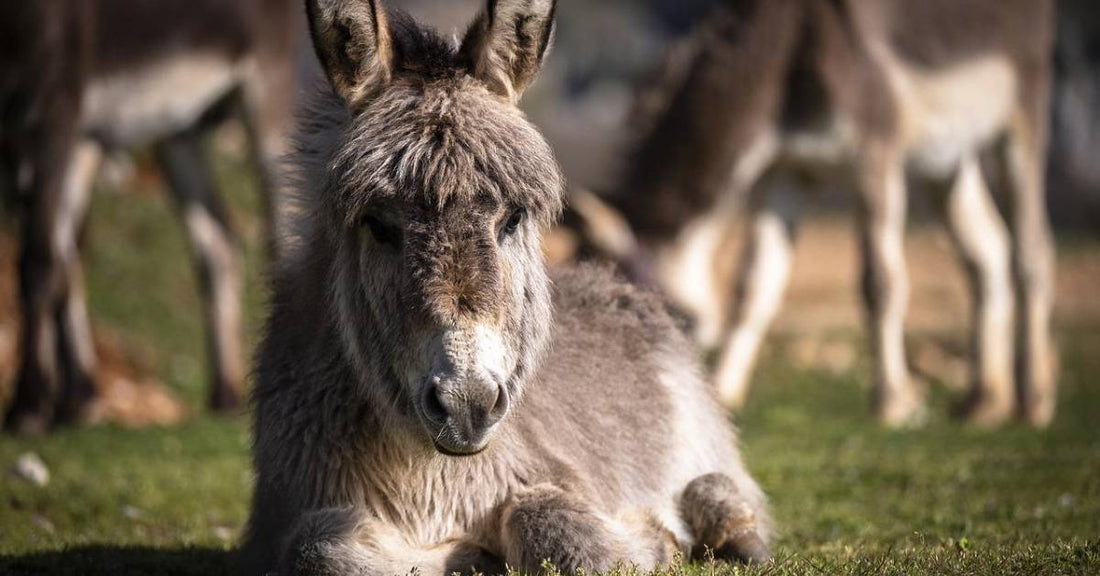New Research Suggests Humans Tamed Wild Donkeys Roughly 7,000 Years Ago in East Africa
Rebecca West
New research suggests that human beings tamed wild donkeys roughly 7,000 years ago in East Africa — that's approximately 3,000 years earlier than horses were domesticated. This is according to a new study recently published in the journal Science by researchers who took part in the work. Why does it matter? Because each piece of the puzzle helps us better understand where we came from and how to better move forward.
"Donkeys are extraordinary working animals that are essential to the livelihoods of millions of people around the globe," Emily Clark, a livestock geneticist at the University of Edinburgh in Scotland, noted to Science News. Unaffiliated with the study, she added, "As humans, we owe a debt of gratitude to the domestic donkey for the role they play and have played in shaping society."
The Domestication of Equines
To begin with, scientists explored 207 genomes within modern-day donkeys located in 31 countries around the world. They also examined the genomes from 15 wild specimens, as well as 31 earlier donkeys that lived somewhere between 4,000 and 100 years ago. The researchers were then able to reconstruct the animals’ evolutionary tree using computer models to zero in on the domestication timeline when herders living in Kenya and around the Horn of Africa tamed the wild asses. From there, they traced how the equines spread across the rest of Africa before expanding into Europe and Asia approximately 2,500 years later.
History of Pack Animals
For thousands of years, donkeys have been instrumental in helping to develop civilizations far and wide. From pulling carts and wagons loaded with materials to carrying passengers and their belongings, they moved us forward in time long before horses or oxen were utilized. "Through their DNA, the animals are telling their history themselves," co-author Samantha Brooks, an equine researcher at the University of Florida, said in a statement. "We usually only get the human’s side of history through written accounts, but of course written history does not always record exactly how something happened. Looking at these DNA sequences, we get a biological testimony to the environment these animals lived in and the experiences they survived."
Donkeys in the Ancient World
Additional information surfaced from the study, such as the discovery of what might have been an early donkey breeding facility at a Roman villa situated in northeastern France. Humans apparently bred African and European donkeys together to create giant hybrid donkeys that stood almost 10 inches taller than a standard donkey today. Currently, there are estimated to be 50 million donkeys on the planet, and they remain to be as important to agriculture and transportation as ever on many parts of it.
"Donkeys still provide tons of support for people living in low- and middle-income countries," said Ludovic Orlando, a molecular archaeologist at the Centre for Anthropobiology and Genomics of Toulouse in France. Understanding humankind's shared history with donkeys "is not just about the past, but could actually be useful in the future."
If you have a love for equines and would like to support them, visit The Animal Rescue Site where you can help The Retired Donkey Sanctuary in Nepal with their mission to care for these weary creatures. Doing so can provide blankets, hay, veterinary care for incoming donkeys, and shelter.



